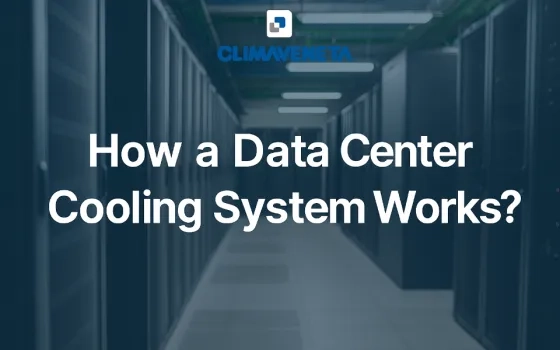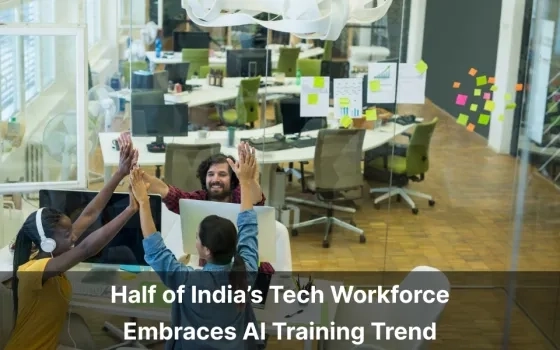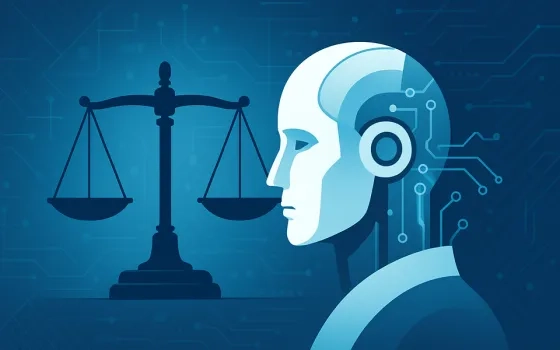Steering into Tomorrow: Trends Revolutionizing the Automotive Customer Experiences
In the contemporary epoch, in which technology is driving progress, automotives stand as a dynamic testament to the currents of transformation. With product attributes rapidly achieving the level equilibrium, competitive differentiations of brands hinge significantly on the pivotal role that customer experience plays. Automotive customers are more sustainability cautious, responsible, and selective; and hence an increased focus is on electrification, connected and technology-augmented advanced features across traditional vehicles, smart interconnected vehicles, and autonomous vehicles, crafting a comprehensive customer-journey from initial considerations to post-purchase services.
Commencing this journey, a brand's first impression significantly shapes customer perception. A smooth and personalized purchasing process, both in physical showrooms and online interfaces, distinguishes a brand and signals an alignment with contemporary consumer preferences. According to McKinsey, a significant 60% of individuals below the age of 45, looking to buy their next vehicle, show preference for online transactions. Concurrently, Google Search trends indicate a growing interest in sales and service methods that prioritize contactless interactions.
Further, a timely response regarding delivery, coupled with thorough vehicle introductions, refines the overall perception. Brands investing in user-friendly interfaces for custom configurations and delivery tracking imbibe a commitment to fostering a positive customer experience.
Post-sales services play a pivotal role in customer-centricity. Effective maintenance services, transparent communication about costs, and technologically driven conveniences, such as mobile apps for scheduling, contribute to building trust and inspiring customer loyalty.
In-vehicle technology is paramount for today's consumers. Intuitive interfaces, regular updates, and seamless integration with smartphones amplify the driving experience, underlining a commitment to staying at the forefront of technological innovation. Beyond tangible aspects, emotional connections assume significance. Compelling brand narratives and active community engagement establish a deeper resonance, cultivating a sense of belonging among customers. 
Customer Experience as Points of Differentiation:
To stay competitive in the evolving landscape, automakers are adopting innovative approaches throughout the customer journey, from the purchase process to post-sales services, in response to the increasing demand for personalization and seamless interaction.
- Personalized Direct-to-Consumer models leveraging online platforms: Traditionally entrenched in a multi-tiered distribution system involving dealerships, distributors, and retailers, automotive players are now steering towards a more Direct-to-Consumer models, leveraging online platforms, to redefine the car-buying experience. Prospective buyers are now empowered to personalize vehicle features and communicate directly with manufacturers. Such paradigm shifts necessitate technology integration, adherence to compliance, associates’ training, accommodating customers to new environment and structural changes in automotive ecosystem to amalgamate conventional dealership-driven customer experience. Moreover, anchoring on their lean operations and software-driven approach, EV start-ups have strengthened their retail model allowing customers to customize their products and shop online. These start-ups stimulated healthy competition in the automotive market, compelling established players to adopt new sales models and customer – centric approach, where customers have more direct relationship with manufacturers.
- Virtual showrooms and immersive experiences: Augmented Reality (AR) and Virtual Reality (VR) are emerging as powerful tools in this space and are being widely utilized in showrooms and service centers. From virtual test drives to AR-guided maintenance, these innovations are redefining the buying experience - customers can explore vehicle features, take test drives, and even configure their vehicles as per their comfort.
- Personalization in the Product and service Offerings: Through the collection and scrutiny of extensive data produced by interconnected vehicles, automotive manufacturers can customize their offerings and services to align precisely with individual requirements. Data analytics and cloud connectivity for data exchange play a crucial role in understanding customer preferences and behavior. This personalized approach extends beyond the initial purchase, influencing customer loyalty and satisfaction throughout the ownership lifecycle.
- Enhancing the driving Journey: Facilitating real-time information exchange, entertainment, and navigation support, as well as on-board services, not only elevates the driving experience but also enhances safety and convenience on the road. Within a connected ecosystem, the internet of Things empowers vehicles to interact with both other vehicles and pedestrians there by fortifying safety through the integration of features like collision avoidance systems and up-to-the-minute traffic updates. Additionally, it opens doors to new services such as remote vehicle monitoring, over-the-air software updates, and personalized in-car entertainment options. Further, the promise of autonomous driving introduces new possibilities for in-car entertainment, productivity, and relaxation during commutes. Nevertheless, this pattern gives rise to apprehensions regarding the security of data, regulatory structures, and the ethical considerations surrounding automated decision making.
- Electric Vehicles (EVs) and Sustainability: With an increasing focus on sustainability, consumers are drawn to EVs for their eco-friendly attributes. Heavy investments are seen in developing charging infrastructure, extending the range of EVs, and enhancing battery technologies, by automakers to meet the demand. Educating customers about the environmental benefits and creating a seamless EV ownership experience are becoming integral components of the customer journey. Thus, the shift towards electric vehicles (EVs) not only aligns with global sustainability goals but also introduces a new dimension to customer experience.
- Subscription-Based Models: Subscription-based services have evolved to cater to the needs for today’s sharing economy. Now, customers can subscribe to a variety of vehicles for a defined period, providing flexibility and eliminating the hassles of ownership.
Technology contribution:
A combination of diverse technologies collaboratively enhances the evolution of the automotive customer experience, rendering driving more interconnected, tailored, and technologically sophisticated than previously imaginable. The categories of technologies and new models associated with the customer touchpoints include,
Connected Car Technologies - In-car Wi-Fi and Hotspots, Vehicle-to-Everything (V2X) Communication and Cloud Connectivity for Data Exchange; Artificial Intelligence and Machine Learning - Predictive Maintenance Algorithms, AI-enabled Personalization and Advanced Driver-Assistance Systems (ADAS); Augmented Reality (AR) and Virtual Reality (VR) - AR for Navigation and Heads-Up Displays (HUDs), VR for Virtual Showrooms and Test Drives and Augmented Maintenance Assistance; Digital Cockpits - Intuitive Touchscreens and Displays, Voice Recognition and Natural Language Processing and Gesture Controls for In-Car Interactions; API and Platforms - Vehicle Subscription Platforms, On-Demand Mobility Services and Flexible Ownership Models; Digital Retail Platforms - Online Vehicle Configurators, Virtual Showrooms and Tours and Contactless Transactions and Online Purchases; Electric and Autonomous Driving Technologies - Electric Vehicle (EV) Infrastructure, Autonomous Driving Features and Advanced Driver Monitoring Systems (DMS); IoT and Predictive Analytics - Internet of Things (IoT) for Vehicle Connectivity, Real-time Data Analytics for Driving Insights and Predictive Analytics for Maintenance; Sustainable and Eco-Friendly Innovation - Eco-friendly Materials in Car Interiors and Sustainable Manufacturing Practices; 5G Connectivity - High-Speed Connectivity for Real-Time Updates, Low Latency for Enhanced Safety Features and Improved Performance for In-Car Entertainment; Biometric Identification - Facial Recognition for Driver Authentication, Fingerprint Scanning for Access and Security and Biometric Sensors for Health Monitoring; Blockchain for Secure Transactions - Secure and Transparent Transactions, Vehicle History and Ownership Records and Supply Chain Management for Parts Traceability.
In conclusion, the tech revolution in automotive customer touchpoints is steering the industry towards an exciting tomorrow. The convergence of technological advancements, sustainability goals and evolving customer preferences is reshaping the way the customers interact with brands. The triumph of the automotive sector depends not only on the quality of its offerings but also on the overall contentment derived from the customer journey. By embracing practices to enrich customer experience, business can not only stay competitive but also foster loyalty and satisfaction among the customers. Brands that prioritize each customer touchpoint, employing technology to enhance connectivity and convenience, will position themselves as industry leaders, recognizing the imperative of differentiation for sustained success.
References:
https://www.mckinsey.com/capabilities/growth-marketing-and-sales/our-insights/the-new-key-to-automotive-success-put-customer-experience-in-the-drivers-seat































